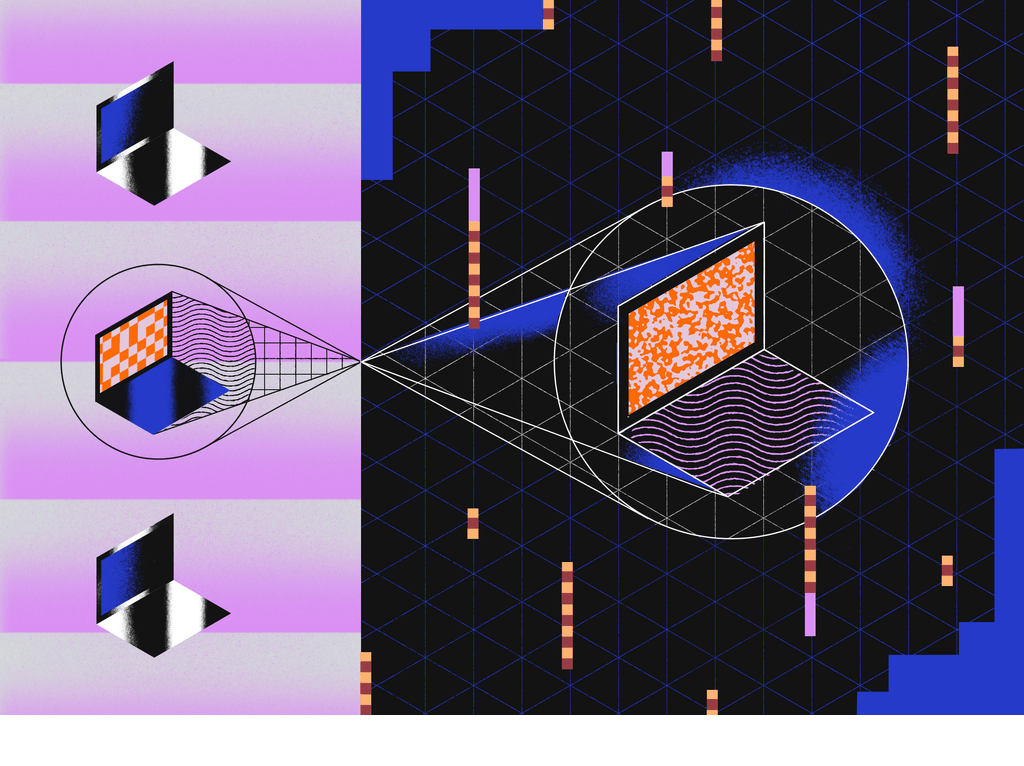If you’ve ever wondered, “What is the purpose of network access?” you are not alone. Network access is crucial for a variety of reasons. This article outlines some of the benefits, approaches, and tools for this vital function. By the end of this article, you’ll know more than you ever thought possible about network access. So read on to find out how to implement network access control and how it will enhance performance.

Benefits
Using computer networks allows businesses to share files and data with ease. It also helps with security and stability and allows you to share peripheral devices. By sharing an internet connection, you can protect your system and save money by using network-connected devices. In addition, you can increase your storage capacity. You can also use it to improve your work environment.
Approaches
There are several approaches to network access and control. A network must have the capability to handle different radio access technologies, manage and route data efficiently, and secure resources. The different approaches are described below. We’ll look at some of the most common types of network access control and how to implement them to improve the security of your network. But you should also keep some essential things in mind before choosing an approach.
Implementation
Implementation of network access control (NAC) is a method to ensure that only authorized users are allowed to connect to a network. Various techniques are used to implement NAC, including policies for network access, limiting remote access, and ensuring that only computers that meet the criteria can connect. This technology also provides an additional layer of security by enforcing compliance with existing network health policies. Users are limited to accessing specific network resources only if they meet the requirements of their roles.
During the initial phase, the team should create a list of all authorized users and determine how to grant them access to the network. Permission policies should be set based on user roles and apply the principle of least privilege. If there are any security gaps, they should be identified as well. The process can take a long time, but the result will be worth it. After implementing network access control, a network administrator can monitor and secure the network by making changes to permissions policies as necessary.
Tools
The predictive dialing system allows you to monitor zero call delay, superior business results, and unlimited dailing including CRM integration. Various functions are available, including security evaluation, efficiency defect analysis, and name lookups. The device also allows you to create custom identifiers for repeat users. With these features, NAC tools can help you manage the security and privacy of your network. And, because all network activity is tracked, you can make any necessary changes to your security policies.
NetStumbler investigates wireless networks for weak signals. It can detect interference, SNR levels, and more. The tool also offers GPS support to track your AP’s location automatically. Other tools, like Solarwinds NPM wifi Analyzer, allow you to manage all your wifi access points in real-time. It can even identify unauthorized wifi users and track down autonomous AP clients.
